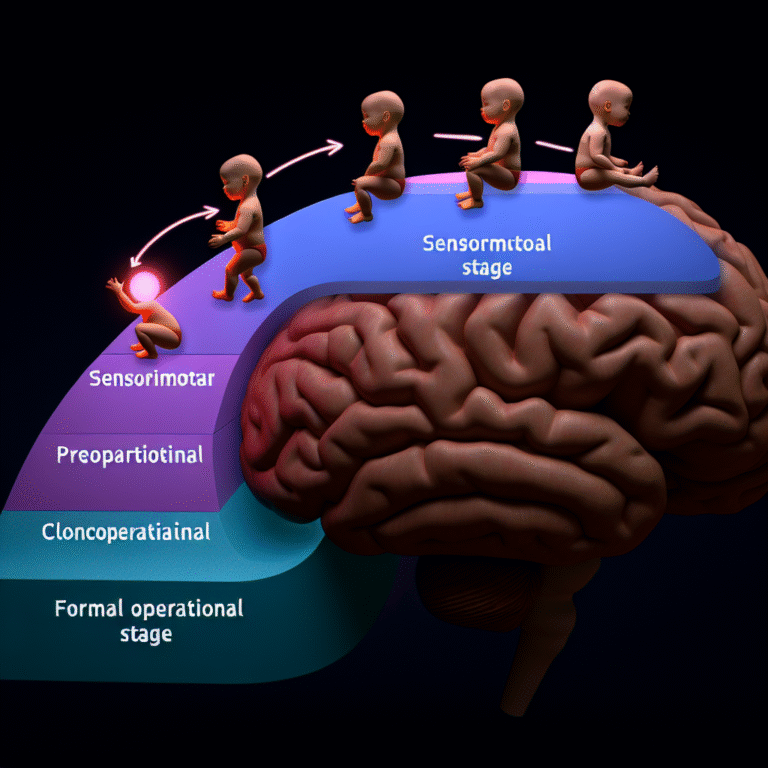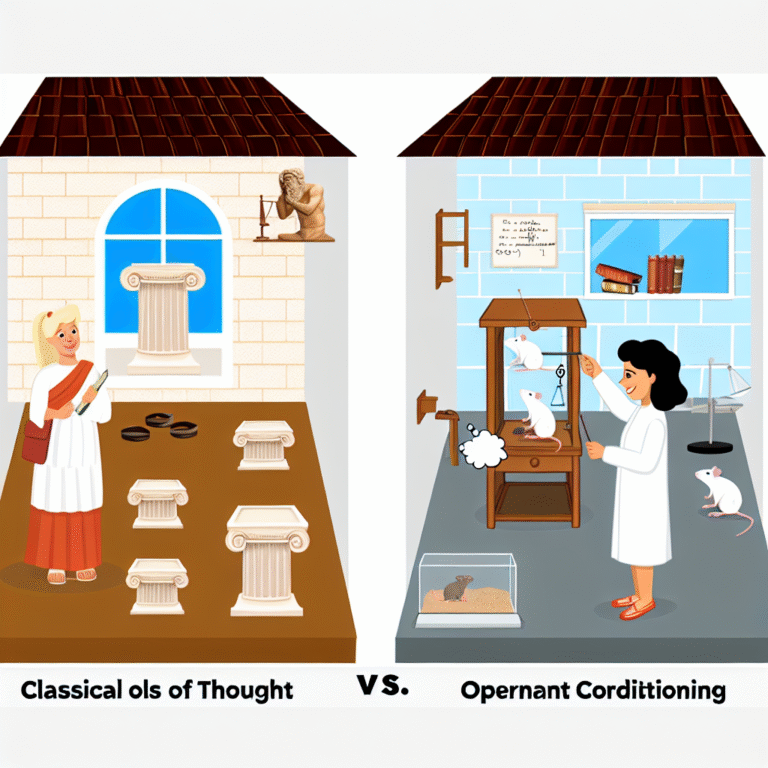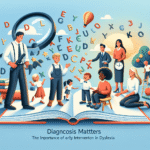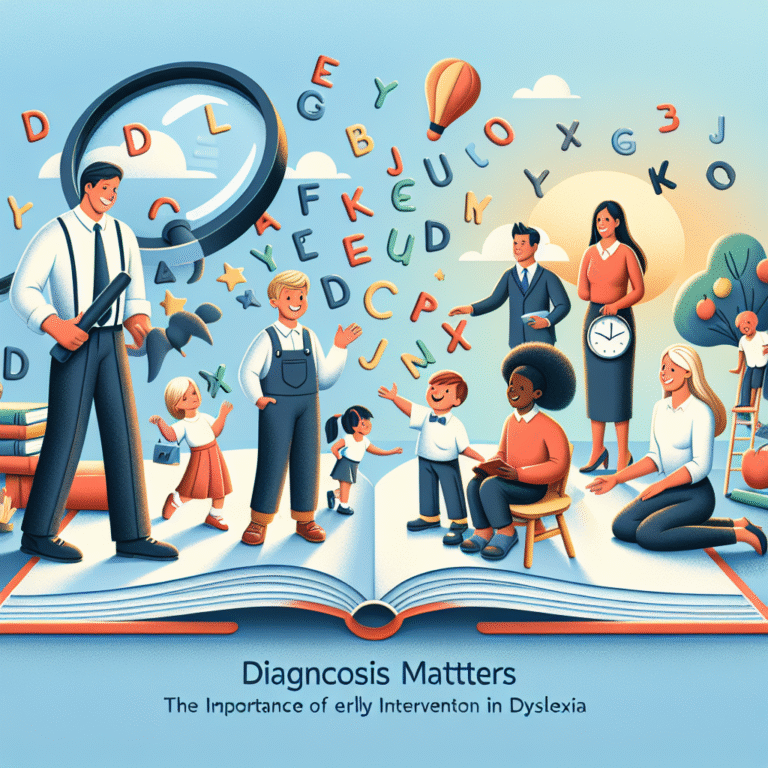
Navigating Relationship Challenges: Using Attachment Theory to Enhance Adult Connections
Introduction
In the complex world of adult relationships, many of us find ourselves grappling with challenges that can feel insurmountable. The intricate dance of love, trust, and emotional intimacy often becomes muddied by past experiences, misunderstandings, and personal insecurities. Have you ever wondered why some relationships thrive while others seem to struggle from the start? The key may lie in understanding our attachment styles.
In this comprehensive guide, Navigating Relationship Challenges: Using Attachment Theory to Enhance Adult Connections, we will delve into the profound impact of attachment theory on adult relationships. By exploring how our attachment styles shape our interactions and emotional responses, we can unlock the tools to foster healthier, more fulfilling connections. Whether you’re facing turmoil in a romantic partnership, friendship, or familial bond, understanding attachment styles provides invaluable insights that can help you navigate relationship challenges with grace and confidence.
The Basics of Attachment Theory
What is Attachment Theory?
Attachment theory, originally developed by British psychologist John Bowlby in the mid-20th century, posits that the bonds we form during childhood with our caregivers significantly influence our relationships in adulthood. Bowlby’s work was groundbreaking in establishing the psychological framework suggesting that our experiences with attachment—particularly the sensitivity and responsiveness of our caregivers—shape our capacity for emotional connection later in life.
The Four Attachment Styles
According to attachment theory, there are four primary attachment styles:
Secure Attachment: Individuals with a secure attachment style feel comfortable with intimacy and are generally warm and loving. They can depend on others and have a strong sense of self-worth.
Anxious Attachment: Those with an anxious attachment style often seek high levels of intimacy and approval, feeling insecure in relationships. They may exhibit clinginess or fear of abandonment.
Avoidant Attachment: Avoidant individuals value independence to the extent that they often emotionally distance themselves from others. They might struggle to open up or rely on partners.
- Disorganized Attachment: This style is characterized by a lack of clear attachment behaviors. Individuals with a disorganized attachment style often have mixed feelings about relationships, stemming from past trauma or inconsistent caregiving.
Table 1: Key Characteristics of Attachment Styles
| Attachment Style | Key Characteristics | Impact on Relationships |
|---|---|---|
| Secure | Comfortable with intimacy, stable self-esteem | Builds healthy, trusting partnerships |
| Anxious | Craves reassurance, fears abandonment | May appear clingy, struggles with trust |
| Avoidant | Values independence, fears closeness | Often withdrawn, struggles with intimacy |
| Disorganized | Mixed signals, may stem from trauma | Difficulty with stability and emotional bonds |
The Importance of Recognizing Your Attachment Style
Self-Reflection: Understanding Your Attachment Style
Understanding your attachment style is the first crucial step in navigating relationship challenges: using attachment theory to enhance adult connections. Self-reflection can be a powerful tool in this process. Take time to consider your past relationships and how your attachment patterns have played out.
- Are you quick to trust those around you?
- Do you tend to pull away when intimacy increases?
- Do you often feel anxious that your partner might leave you?
By examining these questions, you can better understand your intrinsic behaviors and emotional responses, setting the groundwork for growth.
Case Study: Tom and Sara – The Impact of Attachment Awareness
Background: Tom, who identifies with an avoidant attachment style, often felt overwhelmed in relationships, leading to abrupt endings. Sara, on the other hand, has an anxious attachment style and consistently felt unworthy and abandoned.
Analysis: After recognizing their respective styles, both Tom and Sara engaged in open dialogue about their feelings and fears. Tom learned to express himself instead of retreating, and Sara practiced setting healthy boundaries. This newfound self-awareness and communication transformed their relationship dynamics.
Enhancing Communication in Relationships
Open Dialogue and Vulnerability
One of the most significant barriers to effective communication in relationships often stems from our attachment styles. By understanding why you or your partner might shut down or become overly emotional, you can cultivate an environment of empathy and respect.
Navigating relationship challenges using attachment theory to enhance adult connections often involves initiating conversations about each partner’s needs and boundaries.
Techniques for Effective Communication
Active Listening: Make a conscious effort to listen without interrupting. Validate your partner’s feelings without judgment.
Use "I" Statements: Frame your feelings around personal responsibility, e.g., "I feel neglected when…".
- Practice Vulnerability: Share your fears and desires. This encourages your partner to respond reciprocally.
Case Study: Jake and Emily – Communication Breakthrough
Background: Jake avoided difficult conversations, preferring to brush issues under the rug. Emily, having an anxious attachment style, felt the simmering tension but was afraid to address it.
Analysis: After a session with a couples’ therapist, Jake learned that his avoidance only exacerbated Emily’s fears. They began setting aside time each week to discuss their feelings, creating a safe space for open communication. Over time, this practice transformed their bond, allowing both partners to feel heard and valued.
Building Emotional Intimacy
Recognizing the Need for Intimacy
Emotional intimacy is the foundation of any robust adult relationship. It requires vulnerability, trust, and self-disclosure. Recognizing the blocks to intimacy often requires candid discussions about how attachment styles impact your interactions.
Strategies to Enhance Emotional Intimacy
Shared Experiences: Engage in new activities together. Shared experiences can enhance emotional bonding.
Practice Gratitude: Regularly express appreciation for your partner. Gratitude reinforces emotional connections and enhances feelings of security.
- Seek Professional Help: Sometimes, the assistance of a therapist is needed to navigate deeper issues stemming from attachment wounds.
Case Study: Leah and Ryan – Journey to Intimacy
Background: Leah, who had a disorganized attachment style, struggled to maintain emotional connections due to fear and uncertainty in relationships. Ryan, secure in his attachment, was patient but confused by Leah’s emotional fluctuating behaviors.
Analysis: Together, they sought couples counseling, where Leah learned to address her fears constructively. By establishing practices for emotional intimacy, like regular check-ins and affirmations of support, Leah and Ryan significantly enhanced their connection, redefining the way they handled relationship tensions.
Conflict Resolution and Defensiveness
Understanding the Cycle of Conflict
Conflict is a natural aspect of any relationship. However, how we respond during disagreements is heavily influenced by our attachment styles. Understanding this cycle is key to navigating relationship challenges using attachment theory to enhance adult connections.
Techniques for Healthy Conflict Resolution
Identify Triggers: Recognize what emotional triggers lead to defensiveness or withdrawal.
Pause Before Reacting: Take a moment to breathe and assess your emotional response before you engage in heated discussions.
- Revisit the Issue Later: If emotions run high, it may be beneficial to revisit the issue once you both have had time to reflect.
Case Study: Monica and Alex – Navigating Conflict
Background: Monica’s anxious attachment style made her prone to overreacting during conflicts, resulting in escalating arguments with Alex, who often withdrew.
Analysis: They learned to employ “time-outs” during conflicts, allowing both partners to cool down before revisiting issues. This reduced defensiveness, leading to more constructive conversations and a greater understanding of each other’s emotional needs.
The Benefits of Secure Attachments
Cultivating a Secure Base
Understanding attachment theory illuminates the pathway to fostering secure attachments. By prioritizing emotional safety and support, individuals and couples can build a solid foundation for their relationships.
Strategies to Cultivate Secure Attachment
Self-Compassion: Be kind to yourself in times of difficulty. This fosters inner security that reflects outwardly in relationships.
Encourage Growth: Celebrate each other’s achievements and support endeavors that lead to growth, reinforcing mutual respect.
- Establish Trust: Prioritize honesty and dependability. Trust is the cornerstone of secure attachments.
Case Study: Grace and Mark – Building Security
Background: Grace and Mark both entered their relationship with anxious attachment styles, leading to an unpredictable, turbulent bond.
Analysis: Together, they committed to fostering a secure base by consistently communicating, being vulnerable, and addressing issues openly. Over time, each learned to trust and support the other, ultimately achieving a secure attachment and a more harmonious relationship.
Conclusion
As we navigate the maze of adult relationships, understanding our attachment styles serves as a crucial compass guiding our interactions. Navigating relationship challenges: using attachment theory to enhance adult connections enables individuals to foster deeper bonds, cultivate intimacy, and approach conflicts with empathy.
By embracing self-awareness and open communication, we can tear down the walls built from past experiences and fears. The journey to healthier relationships is not only achievable but profoundly rewarding. With every step taken toward understanding and addressing our attachment styles, we inch closer to the love and emotional richness we all seek in our adult connections.
FAQs
1. What is the main purpose of attachment theory?
Attachment theory seeks to explain how our early experiences with caregivers shape our emotional and relational behaviors in adulthood. It identifies different attachment styles that can help individuals understand their relationships more deeply.
2. Can I change my attachment style?
Yes, while attachment styles can be deeply ingrained, they can change over time through self-awareness, therapy, and the development of healthy relationships.
3. How do I identify my attachment style?
Reflect on your past relationships and consider your emotional responses, fears, and behaviors. Additionally, there are psychological assessments available that can help categorize your attachment style.
4. What should I do if my partner has a different attachment style?
Open communication and understanding are key. Focus on creating a safe environment where both partners can express their needs and work towards mutual growth.
5. How can I use attachment theory to improve my relationship?
By understanding your attachment style and your partner’s, you can identify areas of conflict, enhance communication, and develop strategies for emotional intimacy and conflict resolution, ultimately leading to a healthier and more fulfilling relationship.
Through this insightful exploration of attachment theory, each reader is equipped to embark on their own journey of self-discovery and relational enhancement. Embrace your unique path in navigating relationship challenges, and may each connection you forge be resilient and meaningful.
















